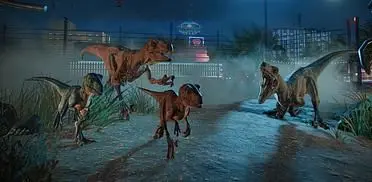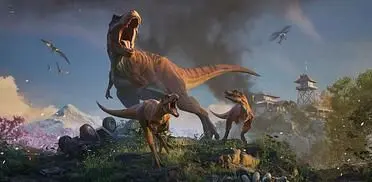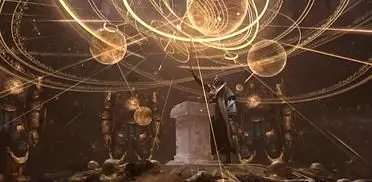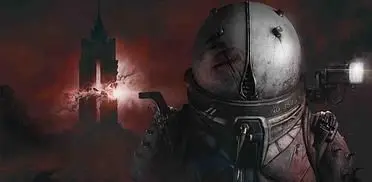According to Lanning in an interview with Games Industry BIZ, this harsh attitude was not unwarranted, when EA pulled development from the PlayStation 2 version of Oddworld: Stranger’s Wrath while his company was working on the Xbox version. EA thus pulled its marketing on a game that required 1.6M unit sales, and the game only sold 600K.
Lanning stated this was a tactic by EA to then attempt to swoop in and buy his studio (this isn’t the first time he made this claim.) Lanning refused with his F-bomb.
”That’s not a sustainable model, that’s a hostile acquisition,” Lanning huffed, ”That’s why we had to strive to get independent. Rather than get into bed with someone we knew was a horrible bed partner we said ‘let’s stay virgins for longer’.
He stated publishers were too busy driving sports cars while nickel-and-diming developers, scoffing, ”You won’t be seeing our profit being spent on Ferraris and shit like that. Our profits are going back into games” while those working on games were eating out of bean tins.
His statement harkens back to Activision CEO Bobby Kotick’s 2009 boast that his goal was ”to take all the fun out of making video games” and to cultivate a culture of “skepticism, pessimism, and fear.”
Lanning went on to praise the virtues of being independent. ”On the micro-publisher level it’s very simple. We fund our own products,” he beamed. ”We weren’t able to do that in the boxed product days, we’re only able to do that in the digital distribution landscape.
“Rather than having to have 1.5 million units in the opening week or suffer death, now if we have 50,000 sales and we’re still in business. People are still employed and we’re able to keep making content. When we released box product we would get 20 per cent of the revenue. After that 20 per cent paid back the entire development budget, if it was still selling at $60 we would start seeing $7 a unit. Because of the bricks and mortar, the plastic, the manufacturing, the gas involved in taking games to the store, the store itself and all those extra costs - not one of those costs makes a better game for the player.”
Digital distribution has made the indie publishing model far more profitable.
”(O)n a digitally distributed landscape, instead of a $60 price point we can offer a $9.99 price point. At $9.99 we get $7 per unit. At this price you’re getting a game for one sixth of the price and we’re still getting money to make more games,” he calculated.
”The player is truly funding our games. We have a few hundred thousand people we can depend on as fans of Oddworld who will buy our games. If we can get that number up to 3-5 million and with the increase of what that brings to the developer, then we can start funding our own $20 - $30 million triple-A games. That’s our goal.”
”How do we not get in bed with the IMF? Publishers are flying jets, do you think they care about the customers just one f–king percent? Not at all,” he added.





